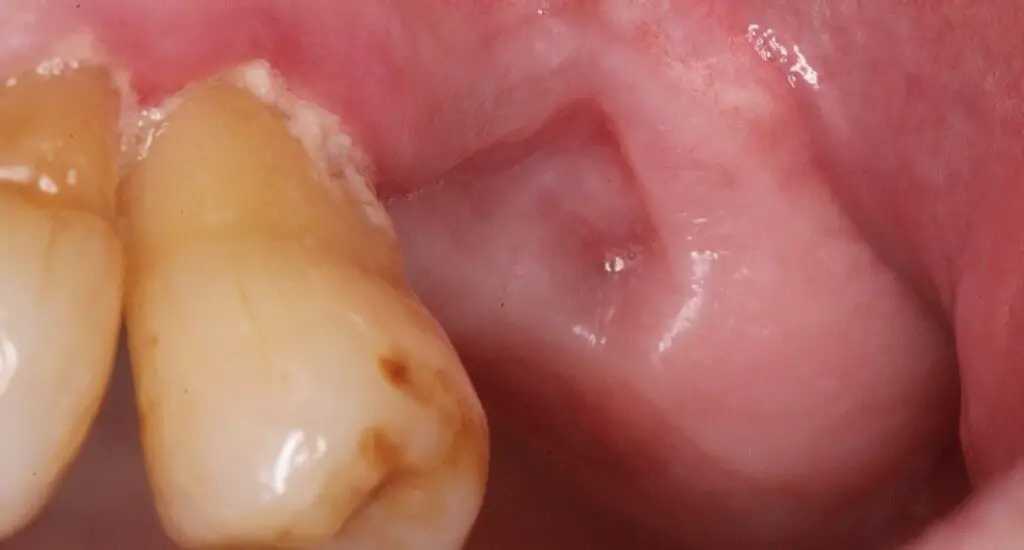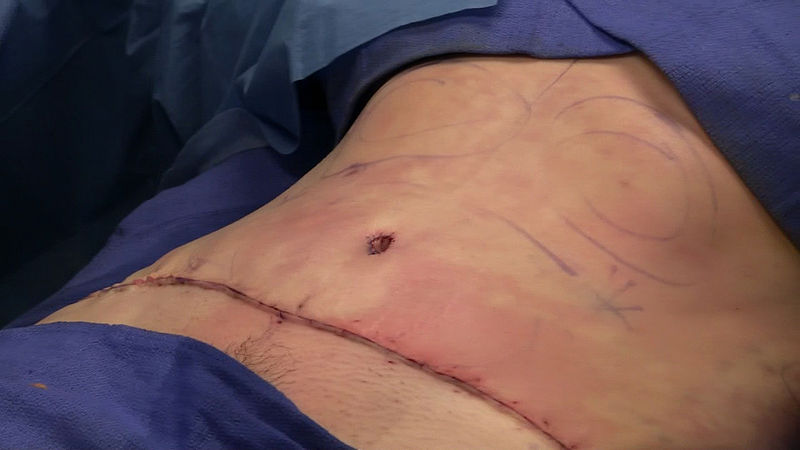What does the socket look like after tooth extraction? This guide covers the appearance and care of the socket from the moment of extraction through the healing process.

Immediate Appearance After Extraction
The immediate appearance of the socket after tooth extraction is characterized by some specific changes. Here’s a closer look:
Blood Clot Formation: The socket will fill with blood, forming a clot. This dark red, moist appearance is a natural response and is vital for protecting the underlying bone and nerves. The clot acts as a barrier, preventing bacteria and debris from entering the wound.
Swelling: It’s common to experience swelling around the area of extraction. This is part of the body’s natural healing process and may last for a few days. Applying a cold compress can help reduce swelling.
Bruising: Some individuals may notice bruising on the cheek or jawline near the extraction site. Like swelling, this is a natural response and usually subsides within a week.
Guidelines for Care: Immediate care includes avoiding activities that may disturb the clot, such as smoking or drinking through a straw. The Cleveland Clinic provides detailed guidelines on what to do and what to avoid immediately after extraction.
Check out these other related articles…
How to Heal Dry Socket After Wisdom Teeth: Easy Guide
Is Extraction Good for Your Skin? Uncover the Truth Now
Skin After Wisdom Tooth Removal: A Comprehensive 411 Guide
Will My Face Go Back to Normal After Wisdom Teeth Removal?
How to Tell If You Have Dry Socket After Wisdom Tooth Removal
Skin Hanging After Tooth Extraction: Comprehensive 411 Guide
How Long Does It Take for Tissue to Heal After Tooth Extraction?
Healing Process and Appearance
The healing process after tooth extraction occurs in stages, each with a distinct appearance:
First 24 hours: During the first day, blood clot formation continues. Protecting the clot is crucial for healing, so avoiding hot foods, vigorous rinsing, and hard chewing is advised. The socket may still appear dark red and moist.
1-2 weeks: The soft tissue around the socket starts to heal. You may notice a white or grayish appearance, signaling normal healing. Granulation tissue, a type of tissue involved in healing, fills the socket and supports the growth of new cells.
3-4 weeks: The socket continues to heal, and the appearance becomes less noticeable. The surrounding gum tissue begins to close over the socket.
After a month: Hard tissue fills the socket, and the appearance normalizes. The socket blends with the surrounding bone structure, completing the healing process.
The healing process can vary among individuals based on factors like age, overall health, and compliance with aftercare instructions. Regular dental check-ups and following guidelines from professionals are essential for optimal healing.
Tips for Care and Prevention of Complications
Proper aftercare is vital:
Avoid disturbing the clot: Avoid straws, smoking, and forceful rinsing.
Keep it clean: Gently rinse with warm salt water after 24 hours.
Monitor for complications: Infections or dry sockets can occur. Contact your dentist if you experience extreme pain or foul odor.
This article: Skin After Extractions [Care/Problems & Remedies] provides remedies and care to different skin problems that might occur after extractions.

